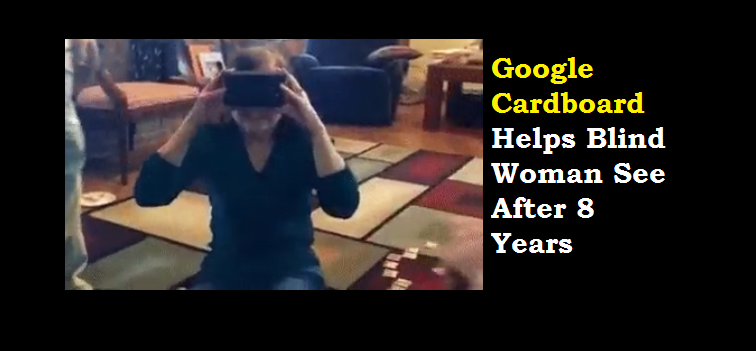New Research: Artificial Retinas Could Get Enhanced For Helping Blind To See
New research is here and reports some great news. Now it would be possible to restore some rough resemblance of sight for blind with artificial retinas. According to the new research, the varying length of the electric pulses used for blind to easily see could enable much higher-resolution retinal implants. This is done so that it is easier for the visually impaired to navigate environment with confidence and ease.
Image Source: Short pulses of current vs long pulses in a rat retina. A. Weitz et al.
Retinitis pigmentosa attacks the light-sensitive cells in the eye’s retina. As those cells get worse over time, it lead to blindness, but yes, implanting artificial retinas, while far from conferring perfectly restored vision, could assist patients detect motion. An example includes sensing large objects.
The retinal implant used in this study was an Argus I version, labeled as “the bionic eye”. The future plans also include going for Argus II.
Andrew Weitz, assistant professor of research opthalmology at the University of Southern California, and lead author on the new study, states and compared the difference to a near-sighted person trying to read a distant neon sign with and without their glasses.
The implant procedure involves laying a tiny grid of electrodes onto the patient’s retina, with each electrode being akin to a pixel in an image. When the patient dons a special pair of sunglasses outfitted with a tiny camera, those images are sent wirelessly to the array, electrically stimulating whichever cells correspond to the pattern of the image. For example, looking at the letter E would send electrical pulses to whichever retinal cells would produce the same E-shaped pattern.
The professor and his University of Southern California colleagues were able to find that that more precise patterns in the cells can be achieved via electrical stimulation by using longer pulses. Also, this experiment was performed on both rats and a human subject, and here are the findings they reported in a paper in Science Translational Medicine.
He stated future plans also,
Weitz is looking to modify the hardware for the Argus II implant so it can handle longer electrical pulses, with an eye toward conducting tests on more human subjects.
References
Weitz, Andrew et al. (2015) “Improving the spatial resolution of epiretinal implants by increasing stimulus pulse duration,” Science Translational Medicine 7(318): 318ra203.





